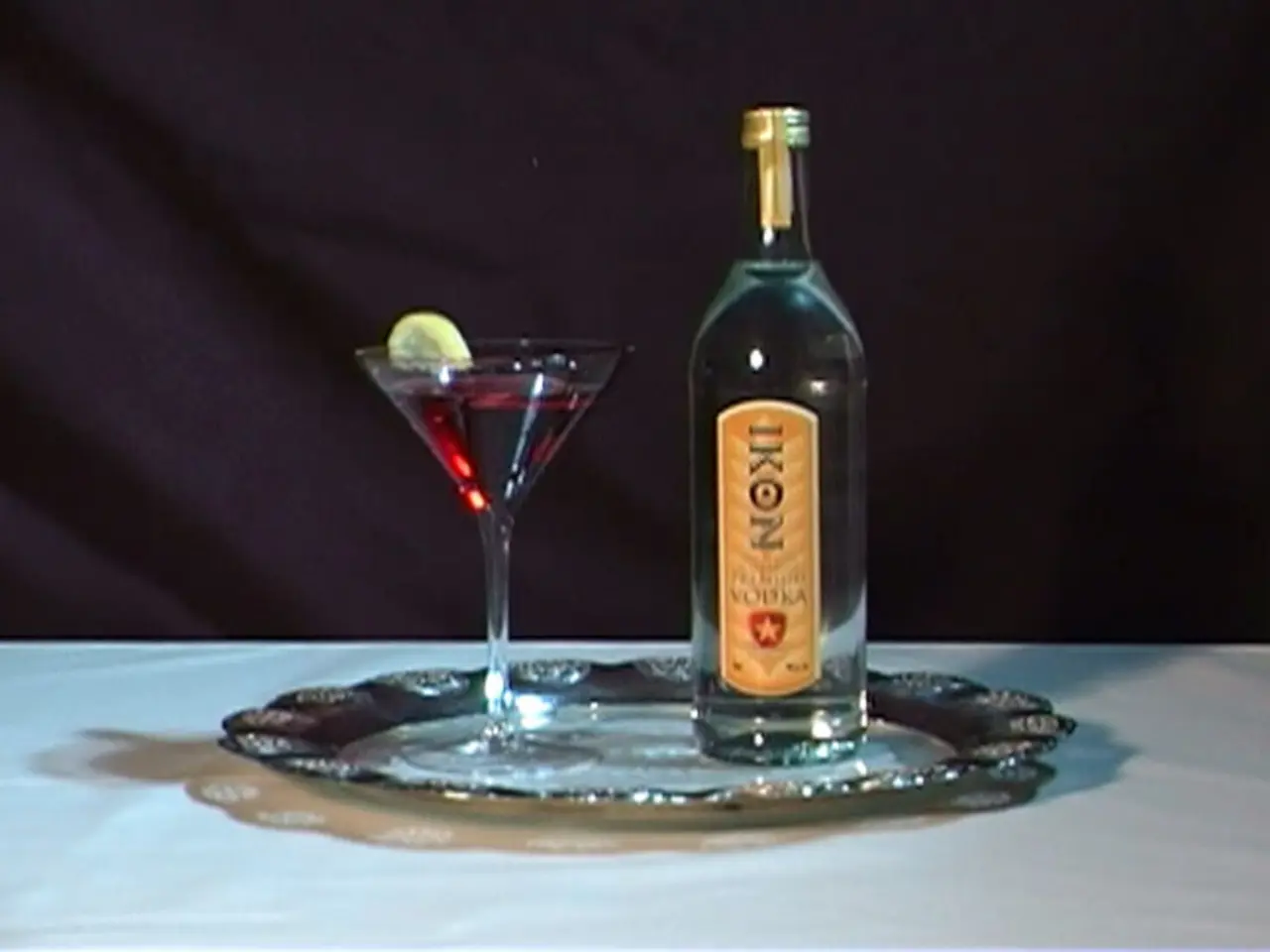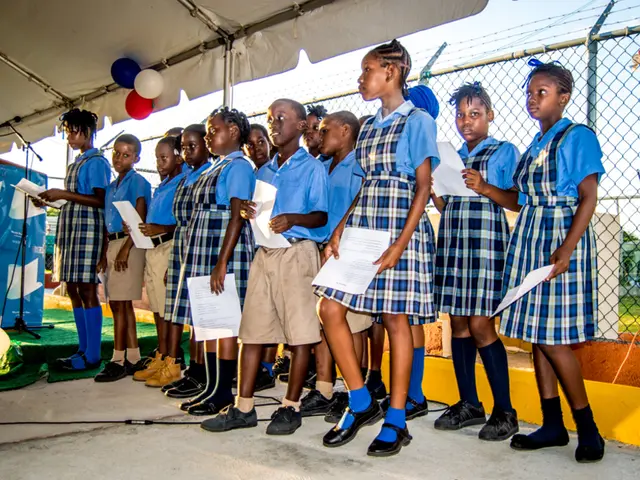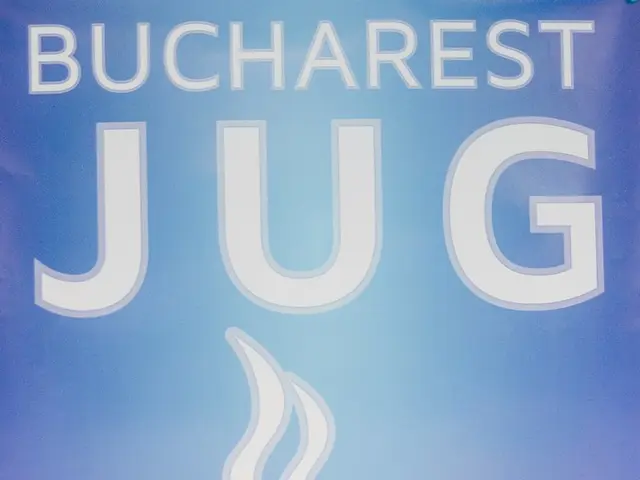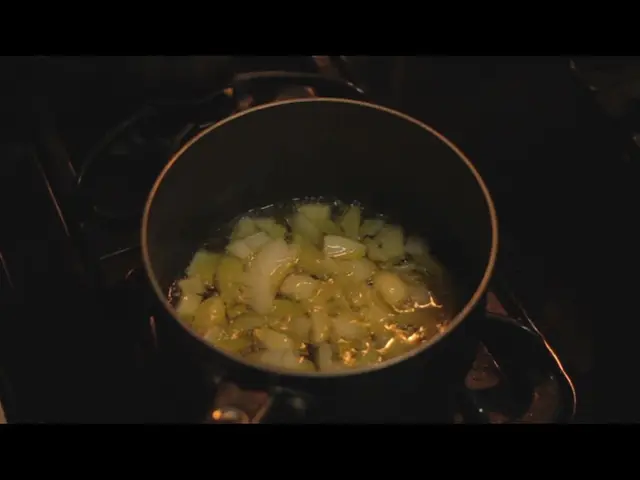Russia's Alcohol Market Shifts: Liqueurs Up, Low-Alcohol Drinks Down in 2025
Russian alcohol production and sales have seen significant shifts in the first nine months of 2025. Notably, low-alcohol drinks and cognac production plummeted, while liqueur and sparkling wine production surged.
Low-alcohol drinks, including cocktails, saw a drastic drop of 87.8% to just 1.1 million liters. Meanwhile, cognac production decreased by 17% to 5.7 million liters. However, liqueur production bucked the trend, increasing by 9.6% to 981.5 thousand liters. Market sales mirrored this trend, with low-alcohol drinks sales plummeting nearly ninefold to 1.2 million liters, while liqueur sales grew by 15% to 11.8 million liters.
Spirits with an alcohol content over 9% saw a 4.2% decrease, totaling 78.4 million liters. Vodka sales also fell, by 3.9% to 47.8 million liters. Conversely, sparkling wine production increased by 9.6% to 12.2 million liters. Wine production also saw growth, increasing by 11.6% to 26.8 million liters.
Overall, total alcohol production in Russia (excluding beer, cider, perry, and mead) fell by 9.1% over the period, reaching 120.8 million liters. Alcohol sales in Russia for the first eight months of 2025 decreased by 11.4%. Wine sales specifically saw a decrease of 16,594,000 dekaliters compared to the same period in 2024.
The shifts in production and sales patterns suggest a changing landscape in Russia's alcohol market. While some categories like liqueurs and sparkling wines have seen growth, others like low-alcohol drinks and cognac have experienced significant declines. The overall decrease in alcohol production and sales indicates a potential shift in consumer behavior or market conditions.
Read also:
- U.S. CBP's Operation Plaza Spike Boosts Fentanyl Seizures Along Arizona-Mexico Border
- Tesla's EV Market Share Plummets in Europe, US Competition Intensifies
- Catastrophe at a U.S. Steel facility in Pennsylvania results in the loss of two lives. crucial details unveiled
- Two 'Last Generation' Activists Sentenced for Cologne/Bonn Airport Runway Blockade




